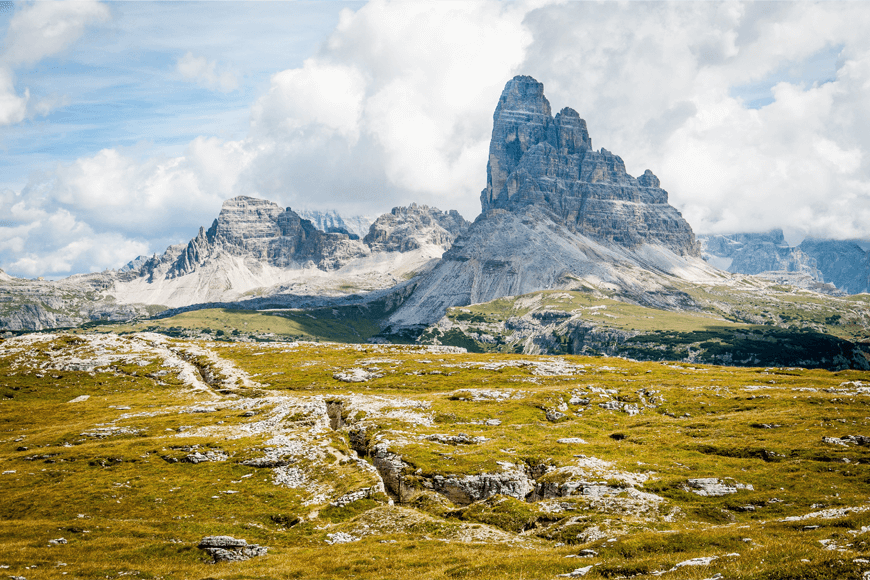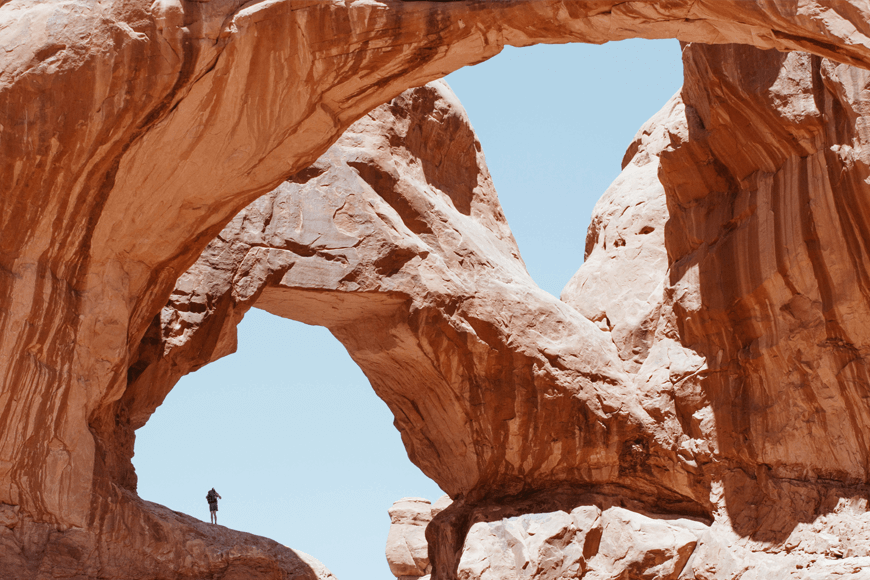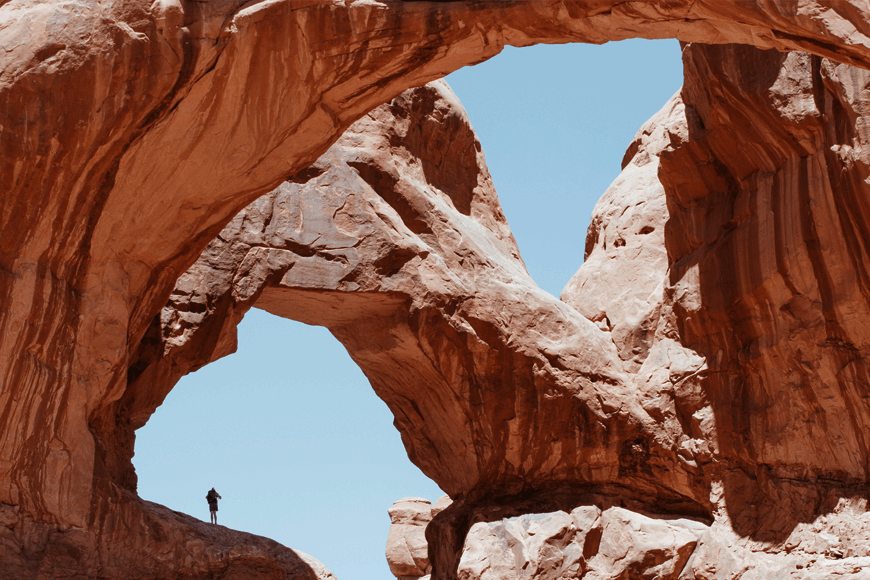Are filters still unknown territory for you? Then you've come to the right place. In this article we tell you all about ND filters. So, what does it do for your photos? Or what do you need to look out for when buying your first filter? Let’s go!
An ND filter (also called a grey filter) is actually a pair of sunglasses for your lens. It is, in fact, a lens filter that blocks light. These filters are made of dark glass or plastic. When you place an ND filter on your lens, the filter ensures less light hits your camera sensor. The result: fewer overexposed photos This is especially useful if you often use a large aperture or when you want to lengthen the shutter speed. Thanks to the ND filter, you can also take beautifully sharp, well-exposed photos during these moments.
Let's quickly clear those question marks in your mind. The word stops (in photography) is most likely unknown to you if you are new in the world of filters. Stops allow you to halve or double the amount of light. The ND filters can be classified in the amount of stops. This allows you to choose per photo how much light you want to block or double. But it is good to know that using an ND filter also affects the aperture, shutter speed and ISO value. By using more stops, the frame can be illuminated for longer, so you can shoot with longer shutter speeds.

Without ND filter
.png)
With ND filter
We have already briefly explained how to proceed with stops. But before we get more into the practical area, it's helpful to know which calculations you can take into account. Especially useful when you want to buy the right stops for your photography. The difference between aperture f/5.6 and aperture f8.0 is one stop. For shutter speed this works the same, a shutter speed of 1/250 and 1/125 is also one stop. Some filters come with a handy card that allows you to easily see what the correct shutter speed is in combination with the grey filter.
There are several reasons why you can use an ND filter. One of the best known reasons for using an ND filter is to capture motion. Known images that often need an ND filter include waterfalls where the water gets a soft haze or a picture with lots of motion blur, also known as the motion stripes from cars, for example. The reason you use a grey filter in these photos is because you need a slow shutter speed for these effects. But in addition to these moments, there are of course others, for example when using a larger aperture. If you choose this, you are looking for a small depth of field. The function of a grey filter in this case is to protect against overexposure. A grey filter is often used in this way when capturing portraits.

Without ND-filter

With ND-filter
Grey filters come in many types. For example, you can choose whether you want a fixed intensity or a variable intensity. If you choose the fixed stops then you have to choose beforehand what intensity you want. With a variable filter you can determine the right position at the time, great if you want to use the filter for all possibilities. You can set the correct position by turning the filter. By turning, you make the glass lighter or darker. Beware: when fully closing your filter, you have a chance of black spots in the image.
ND filters with a fixed stop
Fixed stop filters are the ones you see the most. You screw this filter onto the front of the lens, into the thread. These filters always have a fixed strength. If you think you need a different strength, you can screw a different ND filter onto the lens. The strength is always indicated in numbers or stops. But we've talked about this before. An important detail is that the size of your ND filter should match the diameter of your lens. So it's not that one filter can fit on every lens.
ND filter with a variable stop
The variable filters work slightly different. You screw the filter onto the lens you use, to take landscape photos, for example. With this type of filter you can adjust the strength. This allows you to decide how much light you want to block per situation.
Variable filters are especially useful when working in different conditions. For example, clouds covering the sun, then you can immediately adjust your filter. In addition to photography, a variable filter can also help with videography.
An ND filter can also be of great help when filming with your camera. But what is the ND filter for? This is very similar to the reasons we mentioned above, with taking photos, but there is something special about filming that you need to pay attention to. During filming the shutter speed should be double the frame rate you are using. Hence the importance of ND filters, because if you don't then your shot will turn into a full flash of light. The ND filter restores the right light balance to the shots, so you’ll get exactly what you want to see.
So now that we have all the basics in place, let’s make working with an ND filter easier for you. We've listed the most important need to knows: the benefits of ND filters and a few handy tips.
Benefits of ND filters
We'll start with the benefits of the filters. This can help you decide if an ND filter is what you are looking for to take your photography to the next level. ND filters help you with the following:
Tips when using an ND filter
If you choose a grey filter to help you along, then these tips will get you off to a good start:
To get you started, we have made a top 10 ND filters of all our ND filters. In it we recommend the following products: